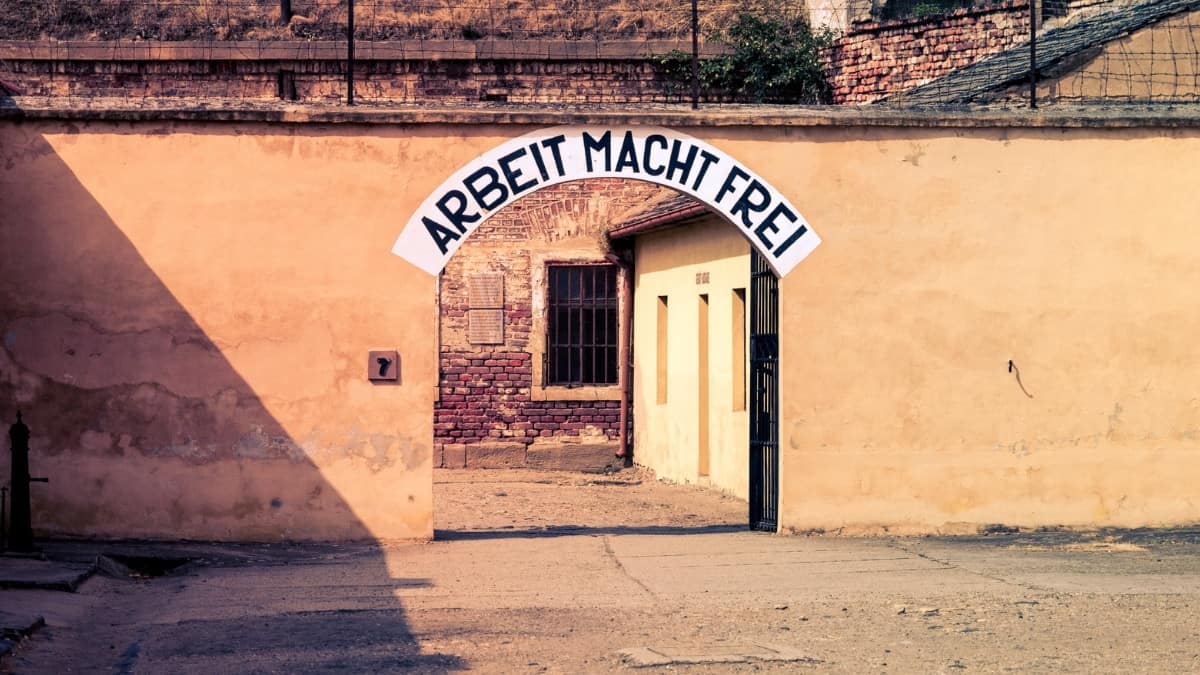Prague Attractions
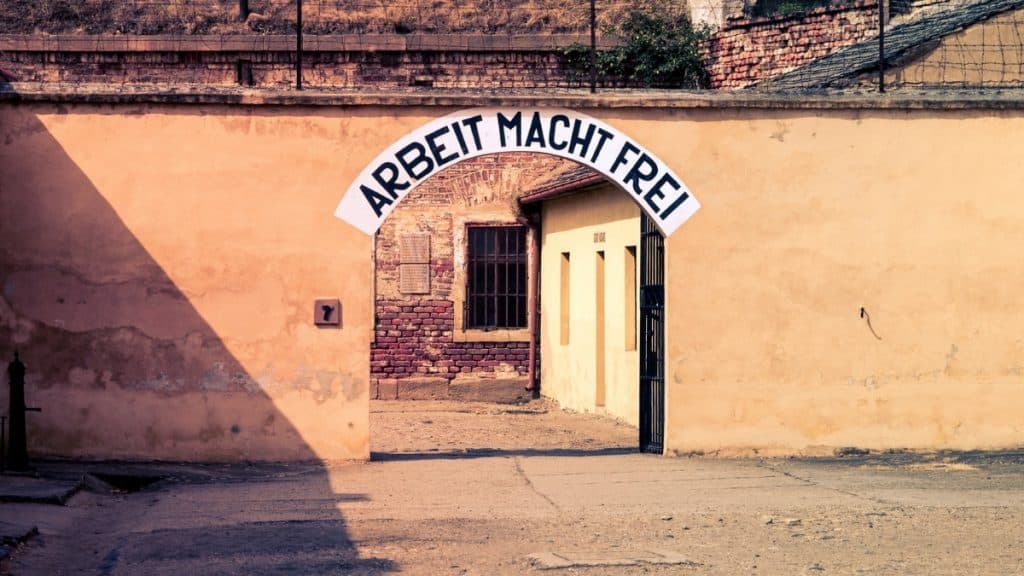
Terezin Concentration Camp, also known as Theresienstadt Ghetto, was used by the Nazis as a concentration and transit camp for Western Jews.
In the fortress town of Terezin, Czech Republic, this place now stands as a mournful document of the indescribable horrors and evils humans are capable of orchestrating.
In four years, more than 30,000 Jews died at the Terezin Camp, located close to Prague.
The condition of the ghetto was engineered to generate maximum deaths, and those who survived the ghetto were shipped off to the black death camps of Auschwitz and Treblinka.
And yet, almost as a form of the most wicked humor, this place was used for propaganda to show the world how benevolent the Nazis were towards Jews.
This article tells you everything you must know before booking tickets to the Terezin Concentration Camp.
Top Tickets
# Terezin Tour with Roundtrip Transport
# Guided tour of Terezin & Ghetto Museum
# Private Terezin Camp TourSince Terezin Concentration Camp tickets sell out well in advance, it is best to book them as soon as your travel dates are confirmed.
What’s ahead
What is Terezin Concentration Camp
TEREZIN was a concentration camp 30 miles north of Prague in the Czech Republic during World War II set up in 1941.
Over four years, more than 150,000 Jews—including 15,000 children—were detained here for months or years before being transported by rail to Auschwitz and Treblinka, where they were murdered.
Prominent Jews from Germany, Austria, Netherlands, Denmark, and many other European countries were cattled into the Terezin concentration camp.
Due to the appalling conditions arising out of extreme population density, malnutrition, and disease, about 33,000 died in the ghetto itself.
Terezin’s detainees included scholars, philosophers, scientists, visual artists, and musicians of all types, some of whom had achieved international renown.
In a propaganda effort designed to fool the Western allies, the Nazis publicized the camp for its rich cultural life.
To fool the King of Denmark and the Red Cross, the Germans orchestrated Operation Embellishment, where they cleaned up the ghetto, reduced population by ferrying people to death camps, and made the Jews mount concertos.
The German Nazi produced a film to make a propaganda film using Terezin inmates.
The concert conductor Rafael Schächter, the film director Kurt Gerron, along with most of his cast were deported to concentration camps and gassed to death.
Here is a short video to help you understand what to expect at what was once known as the ‘Nazi propaganda camp.’
Important: While a visit to the Terezin Concentration Camp is worthwhile, it is also emotionally overwhelming. If you are traveling with kids, be prepared to answer their questions.
Where to book tickets
You can purchase tickets for the Terezin Concentration Camp either online or at the venue.
Booking online not only helps you skip any queues at the ticket counter but also gives you access to lower prices compared to buying at the entrance.
Since ticket availability can be limited, especially during peak seasons, it’s best to book in advance to avoid last-minute disappointment.
Once your booking is complete, your tickets will be emailed to you.
You don’t need to print them—show the e-ticket on your smartphone at the entrance along with a valid ID.
Terezin Concentration Camp ticket prices
The ticket for the Terezin Tour with Roundtrip Transport from Prague is €59 for adults aged 16 and above, €34 for children between 5 and 15 years old, and free for infants under 5.
For the Guided Tour of Terezin & Ghetto Museum, adults aged 27 and above will need to pay €70, while youth between 7 and 26 years will be charged €64.
Children between 4 and 6 years will pay €59, and infants under 4 can enter for free.
The Private Terezin Camp Tour costs €390 for a group of three people.
Terezin concentration camp tours
Discover the history of Terezin with guided tours that take you through key sites like the Ghetto Museum and Small Fortress.
Choose from group or private tours with transport options and knowledgeable guides.
Terezin Tour with Roundtrip Transport from Prague
This tour starts at 1.30 pm and lasts for 4.5 hours, and the transport medium will be a bus.
An English-speaking guide will lead your trip.
Guided trips are also available in Czech, French, German, Italian, and Spanish.
This tour follows the train lines that used to move prisoners from Prague to the Nazi concentration camp at Terezín.
You can see the Terezín Memorial, Ghetto Museum, Small Fortress, Columbarium, the Jewish prayer room, and the rail tracks used to bring prisoners to Terezín.
Meeting Point: Rudolfinum, Alšovo nábř. 79/12, 110 00 Staré město-Staré Město, Czechia. On Google Map
Ticket Prices
Adult ticket (16+ years): €59
Youth Ticket (5-15 years): €34
Child Ticket (up to 4 years): €34
Guided tour of Terezín & Ghetto Museum
This half-day tour begins at 9.30 am and lasts for six hours, and the transport is available.
Hotel Pick up and Drop off are included and you won’t have to assemble at a predetermined meeting point.
An English-speaking guide will lead your trip.
Guided trips are also available in Czech, French, German, Italian, and Spanish.
Ticket Prices
Adult ticket (27+ years): €70
Youth (7 to 26 Years): €64
Child Ticket (4 to 6 years): €59
Infants (up to 3 years): Free entry
Private Terezin Camp Tour
With this ticket, you have the option to select from different time slots available from 8 am to 1 pm.
The tour lasts for six hours.
Your transport options will include a car (up to 3 people) or a van (up to 6 people)
Hotel pick-up and drop-off are included, and your driver will double up as your guide.
Since this is a private tour of Terezin Concentration Camp, it moves at your pace.
As part of this tour, you will visit the small fortress, the big fortress, the Ghetto Museum, the crematorium, and the cemetery.
Ticket Price: €390 for a group of 3.
Buy This TicketTerezin camp hours
Terezin Concentration Camp has many sections, and during the peak months of April to October, most of them open at 9 am and close at 6 pm.
During the winter months, the camp’s different sections open at 9 am but close much earlier.
| Section | Opening time | Summer Closing | Winter Closing |
| Small Fortress | 8 am | 6 pm | 4.30 pm |
| Ghetto Museum | 9 am | 6 pm | 5.30 pm |
| Magdeburg Barracks | 9 am | 6 pm | 5.30 pm |
| Crematorium* | 10 am | 6 pm | 4 pm |
| Columbarium | 9 am | 6 pm | 5 pm |
| Ceremonial Halls | 9 am | 6 pm | 5 pm |
| Central Morgue | 9 am | 6 pm | 5 pm |
| Jewish Prayer room | 9 am | 6 pm | 5.30 pm |
*The Crematorium is closed on Saturdays.
The Terezin concentration camp is closed on 24 Dec, 25 Dec (for Christmas), 26 Dec, and 1 Jan.
What to see in Terezin Concentration Camp
Terezin camp has numerous attractions for tourists to explore.
A half-day tour takes you to the most important attractions – the small fortress and the Ghetto Museum.
However, if you want to explore Terezin camp in detail, you must book a day-long tour.
The must-sees at Terezin camp are –
Small fortress
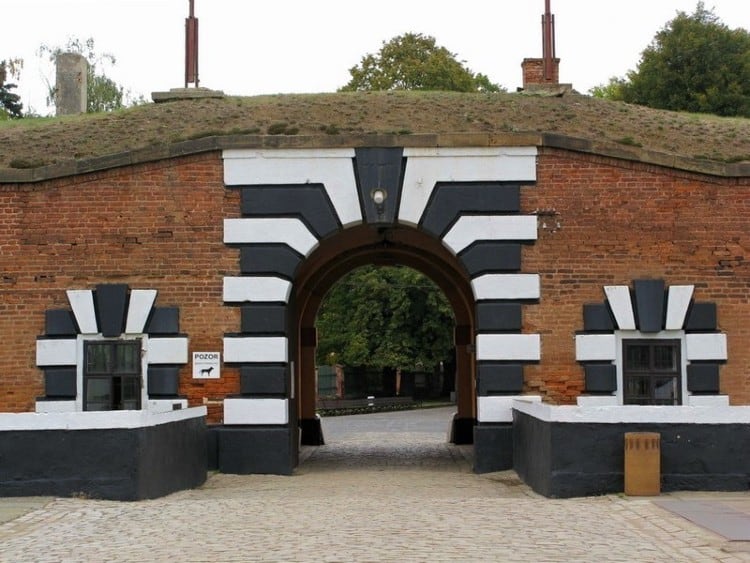
Emperor Joseph II built the small fort at Terezin in the 1780s to keep the Prussians safe.
From 1940 to 1945, the Small Fortress served as the prison for Jews from many nations.
In 1994, a new permanent exhibition devoted to the history of the political prison was inaugurated in this fortress.
As you walk through the cemetery in front and the numerous cells, you can’t but feel the pain and anguish felt by the Jews once housed here.
Large Fortress
The Large Fortress is on the East side of the river and is almost like a town enclosed by walls.
The Nazi had used the Jewish artisans and carpenters to transform the massive fortress into a concentration camp.
The Ghetto Museum is in this big fortress.
Courtyards
Terezin Concentration Camp has four prisoner courtyards, which face the prison cells which housed the Jews.
Some tourists are known to hear the cries of those in the prison as they walk through these courtyards. It is that chilling.
It is believed that these tiny cells within Theresienstadt camp sometimes housed as many as 100 prisoners.
The prisons facing the third Courtyard were reserved for women.
Jewish Prayer Room
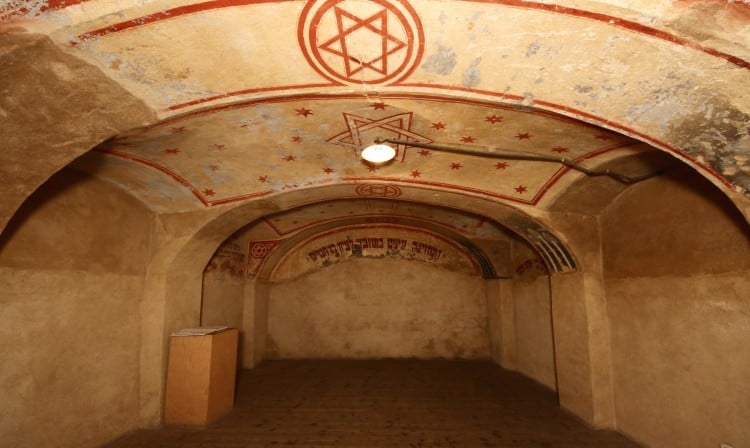
After the Nazi decided to use the Large Fortress as a concentration camp, the non-Jewish population of the fortress was expelled (in 1942).
This gave the Jews a lot of closed spaces to be converted into small prayer rooms.
They transformed Attics, garages, cellars, storage spaces, etc., into small Jewish prayer rooms.
The Jews then decorated the upper walls and vaulted ceiling to make it interesting.
Execution Grounds
At the Theresienstadt camp, a former shooting range was used as an execution courtyard.
The Nazis sometimes made the other inmates witness these executions.
Due to many executions daily, mass graves were unearthed later near the execution site.
Ghetto Museum
This Museum narrates the history of the Ghetto established in the Large Fortress.
This Museum is proof that even though the Jews were living in a Ghetto, they lived a productive life that included cultural and spiritual activities.
The Terezin Ghetto Museum also shows that life in the camp was tough with acute pain, hunger, and death.
During your visit, don’t miss out on the exhibits of children’s artwork.
Crematorium
The living conditions in the Ghetto were poor, and the executions were regular.
As a result, the Bohušovice basin close to the Terezin Concentration Camp used to dump the bodies just couldn’t keep up with the pace.
With pressure mounting, the Nazis eventually built a crematorium towards the south of the Town.
Columbarium
Columbarium: A room or space used to store urns with ashes of the deceased.
Since so many Jews were being put to death, a Columbarium was created in an enclosure near the assembly point XXVII of the Main Fortress.
However, just before the Germans lost the war, they started to cover the traces of their crimes.
The urns from the Columbarium in Terezin were taken and distributed elsewhere.
Some were buried in the Concentration Camp in Litoměřice, but most were thrown away in river Ohre.
Magdeburg Barracks
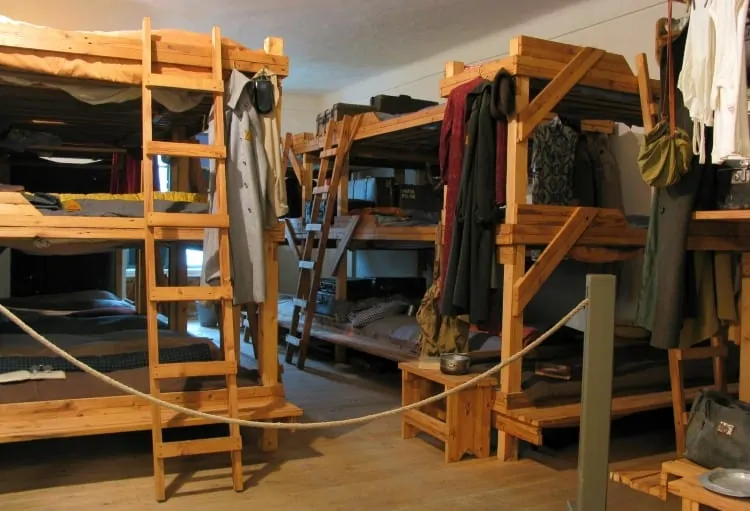
Magdeburg Barracks was the seat of the Jewish self-government at Terezin.
Magdeburg Barracks hosted all the major cultural events, religious services, lectures, and meetings, etc.
As of today, these barracks have been reconstructed and are used for educational purposes.
The Terezin Theatre
The Nazis wanted to project the Terezin Concentration camp as a ‘model ghetto’ to the rest of the World.
As a result, they allowed the Jews there the permission to indulge in cultural activities within Theresienstadt.
Even though the conditions weren’t suitable for creativity, the Terezin theatre proliferated.
Ceremonial Halls
These are small halls where the dead bodies were kept for some time so that the mourners could pay their last respects.
Tourists are known to feel a tinge of sadness pluck at their heartstrings, even as they stand inside one of these halls.
Gestapo Prison Cells
Small Fortress was initially built as a Gestapo prison.
The prison cells in this fortress were in use extensively from 1940 to 1945.
Ironically, after the Allied victory, the German war criminals were made to stay in these prisons and later executed.
Terezin concentration camp facts
1. Terezin started as a holiday resort reserved for the Czech elite.
2. Terezín is contained within the walls of the fortress Theresienstadt, which was created in the late 18th century and named in honor of Empress Maria Theresa, mother of Emperor Joseph II of Austria.
3. Although Terezin was never supposed to be a slaughter camp, around 33,000 people have died here.
4. Executions alone didn’t kill the Jews in Terezin. Malnutrition, extreme population density, and diseases are also known to have contributed to the deaths.
